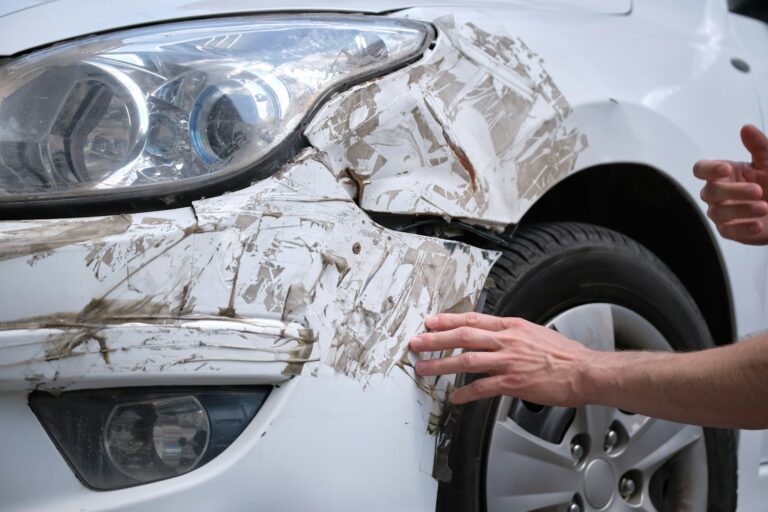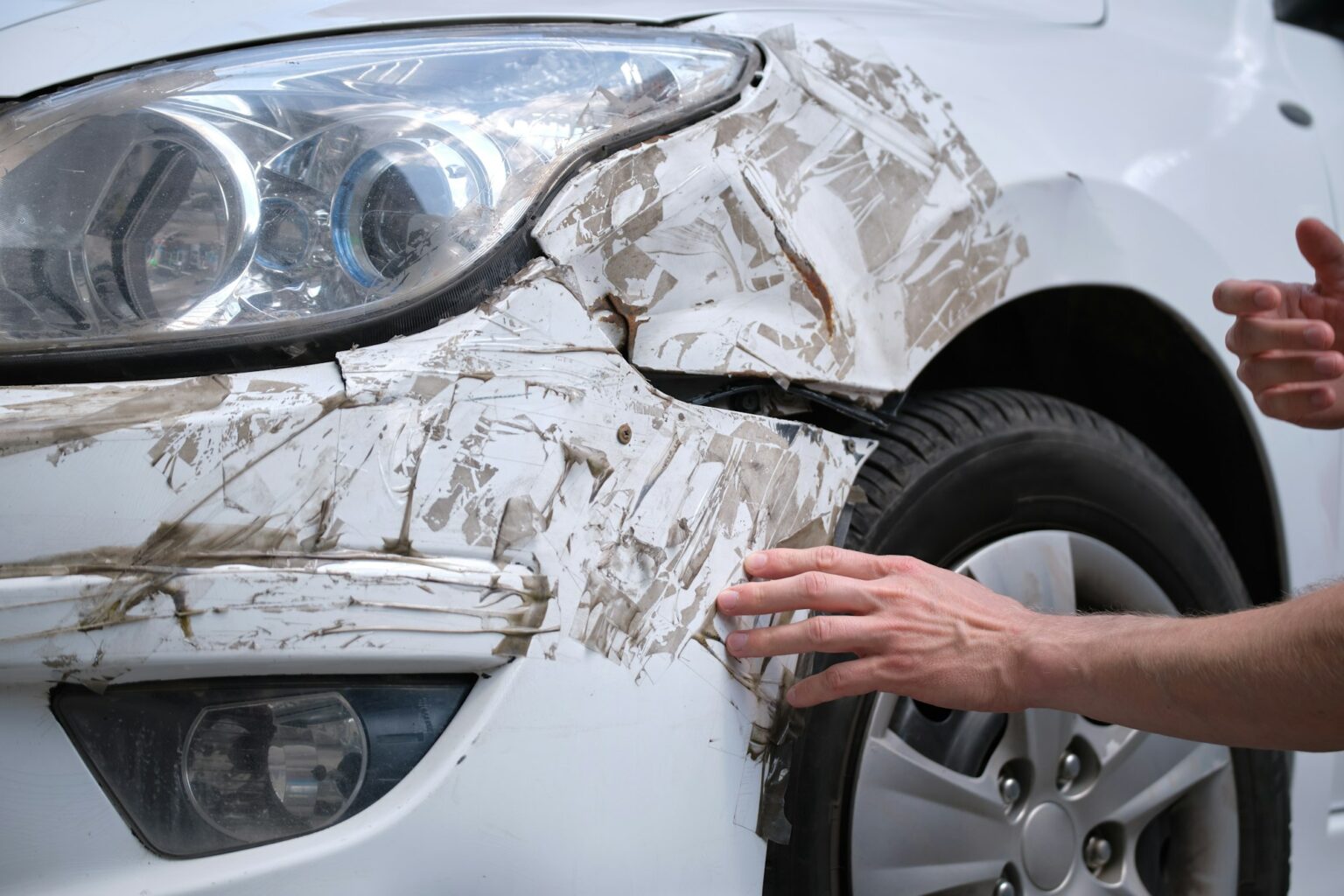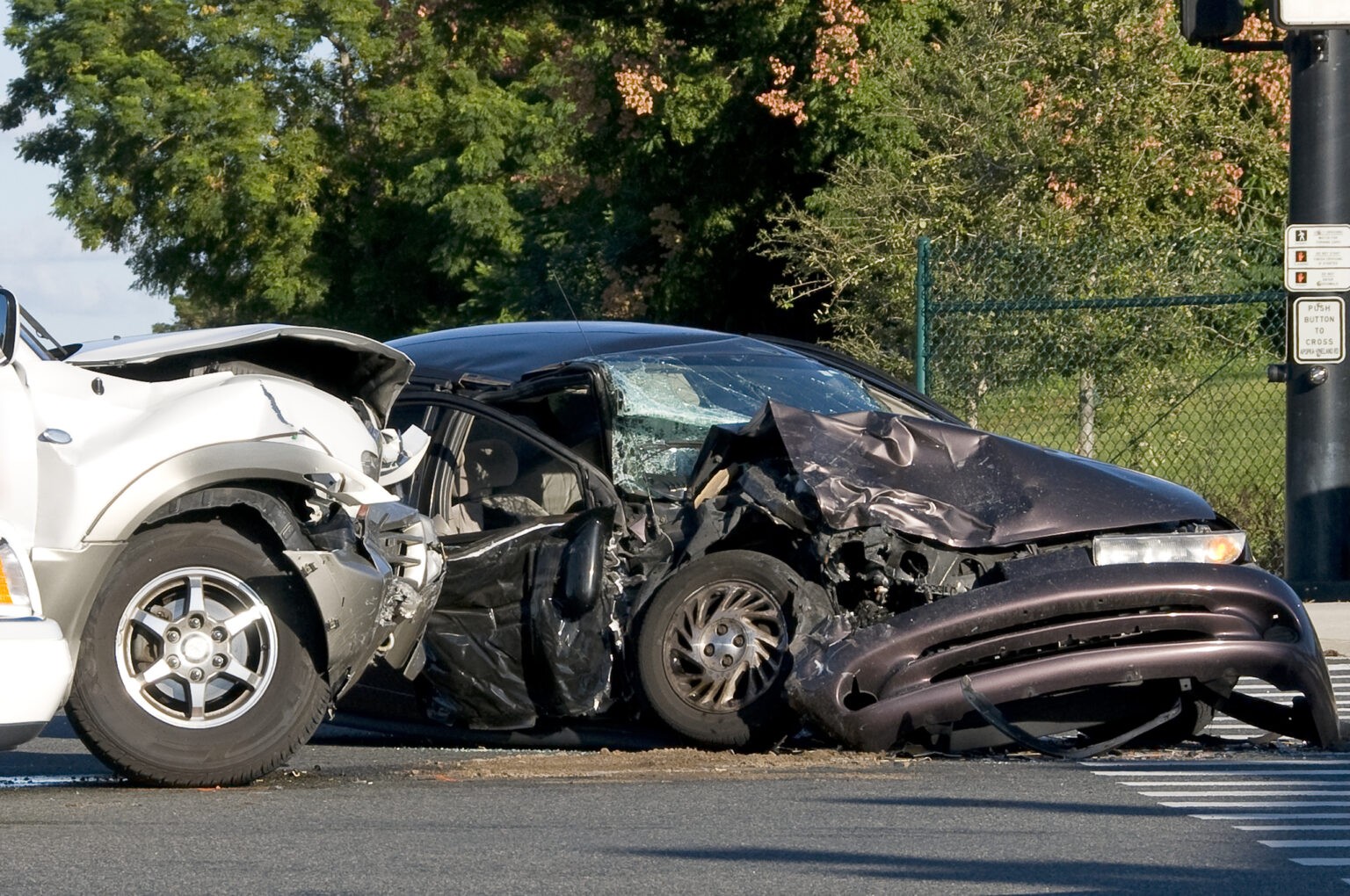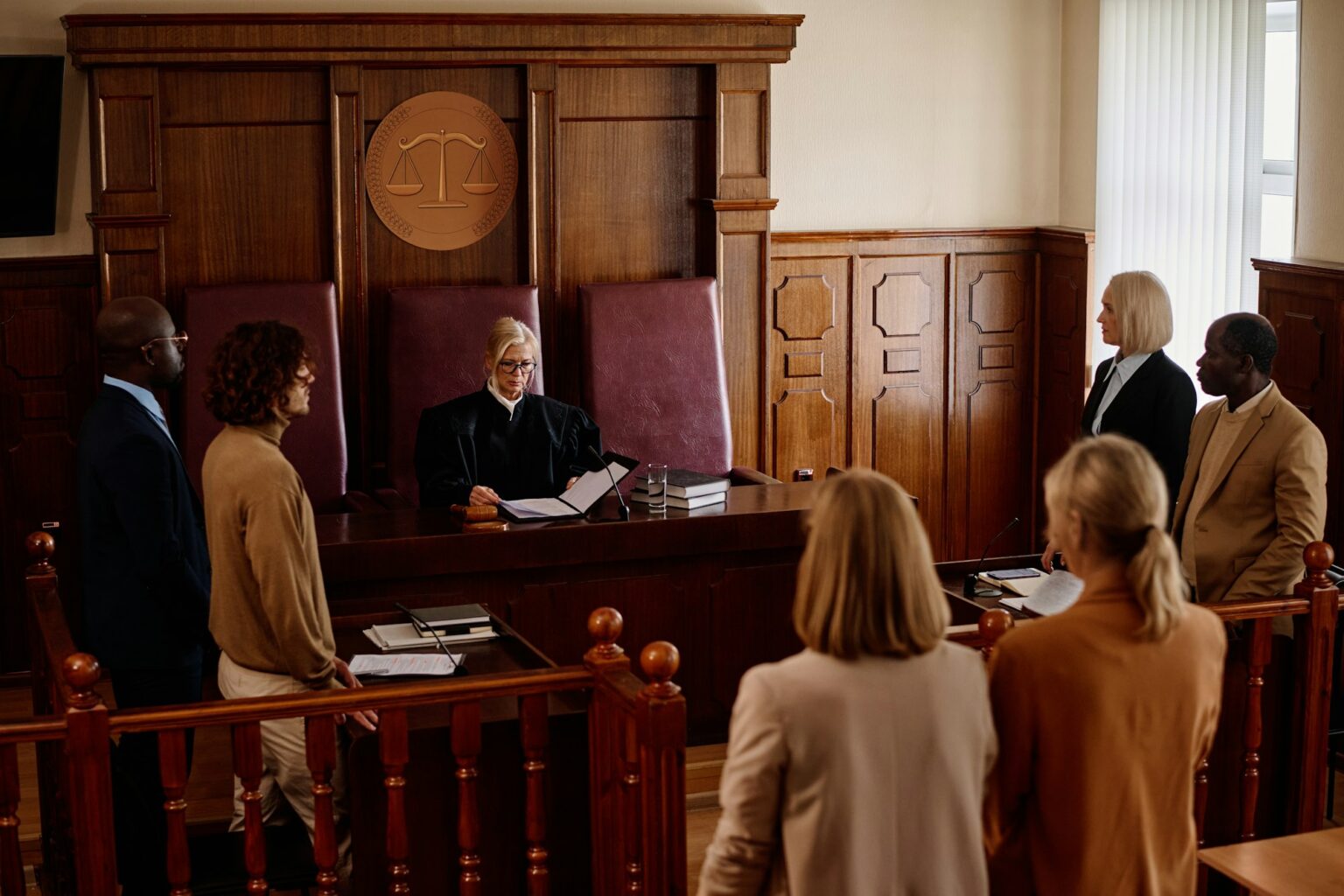
Under Texas law, a hit and run occurs when a driver is involved in a car accident and knowingly leaves the scene without providing their personal information to the other driver or law enforcement. Hit and run cases can be either a misdemeanor or a felony, depending on the severity of the accident and whether anyone was injured or killed.
If you are involved in a hit and run accident in Texas, it is important to understand the process of the investigation and how long it may take to resolve. Here is a general overview of what to expect:
- Reporting the accident: The first step in a hit and run investigation is to report the accident to the police. It is important to do this as soon as possible, as the longer you wait, the harder it may be to track down the other driver. When you report the accident, you will need to provide as much information as possible about the other driver and the vehicle, such as the make and model, license plate number, and any distinguishing features.
- Gathering evidence: After the accident has been reported, the police will begin their investigation by gathering evidence from the scene. This may include collecting debris from the accident, taking photographs of the damage, and speaking with witnesses. The police will also try to locate any security cameras or other surveillance footage that may have captured the accident.
- Identifying the other driver: If the other driver can be identified, the police will attempt to locate and interview them. This may involve checking the license plate number to find the registered owner of the vehicle, or speaking with witnesses who may have seen the driver or the vehicle before or after the accident.
- Filing charges: If the police are able to identify the other driver and determine that they left the scene of the accident on purpose, they may file criminal charges against them. The specific charges will depend on the severity of the accident and whether anyone was injured or killed. Misdemeanor hit and run charges may be filed for accidents that resulted in property damage only, while felony charges may be filed for accidents that resulted in injury or death.
- Prosecution: If the other driver is charged with a hit and run, the case will be prosecuted by the district attorney’s office. The prosecutor will present evidence against the defendant in court and try to prove beyond a reasonable doubt that they are guilty of the crime.
- Sentencing: If the defendant is found guilty of a hit and run, the judge will decide on an appropriate sentence. This may include fines, jail time, and other penalties such as community service or rehabilitation programs.
The length of a hit and run investigation can vary depending on the specifics of the case and the resources available to the police. In some cases, the other driver may be identified and charged within a few days of the accident, while in others it may take weeks or months to gather enough evidence to file charges. Regardless of how long it takes, it is important to cooperate with the investigation and provide any information you have to the police.





